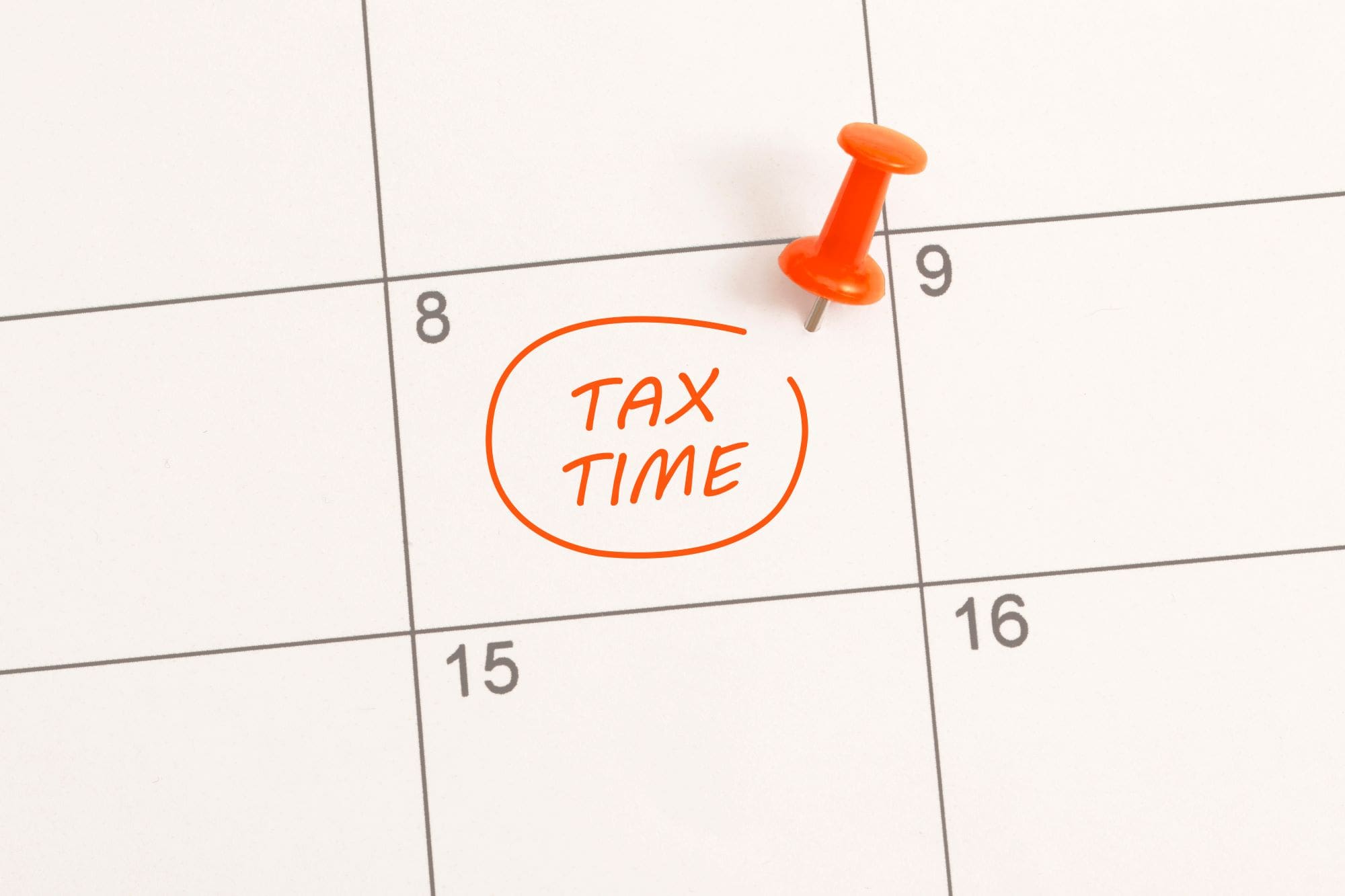
What To Do With Your Dividend And Interest Payments
Dividend and interest earnings from the previous year’s savings and investments have started to come in. It could be from your Sacco savings and investments or dividend payments from unit trusts, or shares you own in a particular company.
Here’s a question for you, have you thought about what you will do with the money? Should you pocket the cash, save it or reinvest it?
What To Do With Your Dividend And Interest Payments
1. Reinvesting The Money
The first and best option is to reinvest your money. It allows for your investment to keep growing through compounding interest. So when you hear, let your income generate more income; this is what it means.
You can choose to buy more shares from the same company or fund. This way, you increase your holding in the organisation or fund.
Alternatively, you can opt to reinvest but diversify your portfolio. One way to go about this is by purchasing shares of a different company or putting the money in a different fund. You can also buy a different investment asset altogether, like a government bond, treasury bill, REIT or real estate.
Reinvesting the dividends and interest payments will depend on your investment goals, time horizon and portfolio allocation. If you have a longer timeline and don’t need the money now, reinvesting is excellent for more compounding purposes.
2. Saving The Money
The second alternative is to save the money, preferably one with a high return rate. You can put the money in your checking account and promise never to use it unless necessary. But what’s the point of holding money you don’t need at the moment in an account that’s not earning you any return?
With the current inflation rates, it only makes sense to put that money in an account that earns you some return that makes it possible to afford a bag of sugar or cup of coffee a few months or years down the line.
Some of the savings accounts to put this money in include:
- Money Market Fund accounts
- Fixed accounts
Saving the money in these accounts is perfect if:
- You don’t have an emergency fund and need to build one
- Your emergency fund is used up and needs a refill
- You need to save money for a specific goal, like a vacation or a significant purchase
- Building a medical fund kitty

3. Use The Cash
Can you use up the money? Absolutely.
That said, how you plan to use that money affects your financial goals. Yes, you can get yourself something you’ve fancied for a long time. But does it align with your financial goals? Is it better for your life and make it better? Is what you spend the money on furthering any of your life’s aspects?
As much as you want to spoil yourself with the money and pat yourself on the back, don’t use up all your money driven by the moment and forget about delayed gratification.
To that end, how can you use up the cash when it hits your account? Here’s how:
- Paying off debt – if you have a significant amount of debt, you can use the money to pay it off. Ensure that you prioritise debts with high-interest payments, like credit cards, digital loans, and payday loans. Even if the money isn’t enough to pay off the debt completely, you can at least reduce the load by paying off some of it.
- Starting or growing a business – do you have a business idea you’ve wanted to start? If you have the business plan ready and don’t mind dipping your ties into entrepreneurship, you can use the money to kick it off. The money could also come in handy to boost your small business if you already have one.
- Another option is to use the money to cover your living expenses. There’s no denying that times have been harder in the past few months, and inflation rates are high everywhere. Due to this, you might be having a more challenging time covering your living expenses.
Related read: Discretionary vs Non-Discretionary Expenses Explained
So, what to do with your dividend and interest payments? There is no one-size-fits-all answer for this. It depends on your needs, financial goals and plans. Where do you stand? And what option meets your needs and goals? That’s what you need to do with your dividends and interest payments for the year.






